Omron Relays

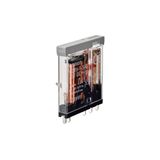
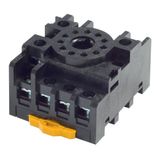
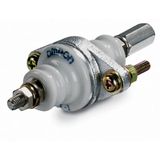
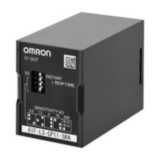
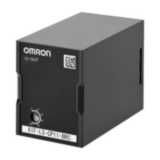


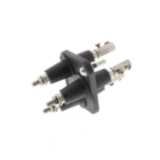
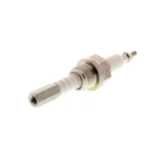



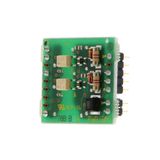
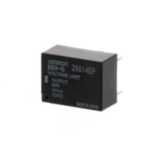
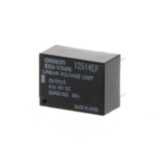
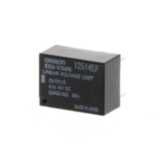

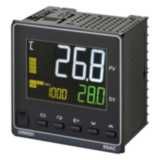
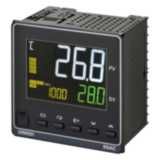
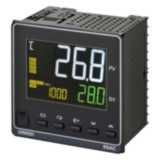

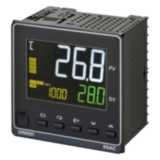
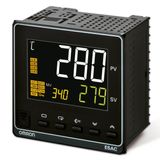
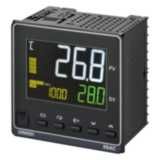
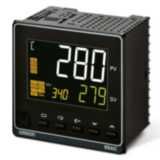
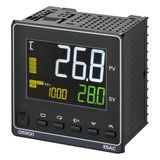
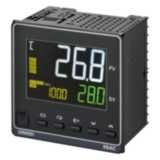
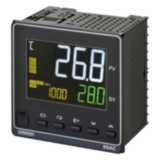
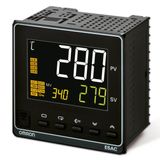


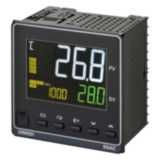
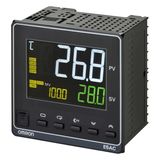
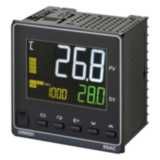
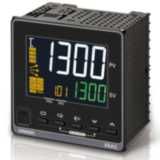

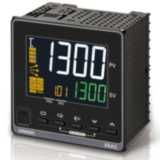
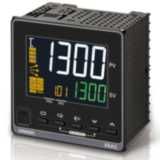


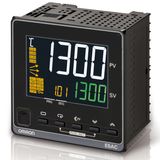

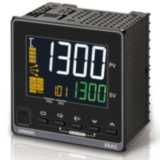

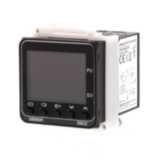
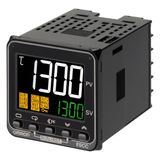

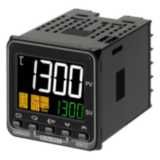
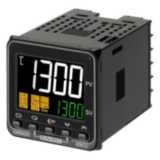

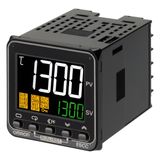



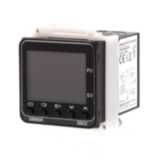
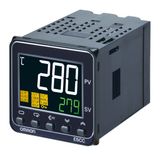
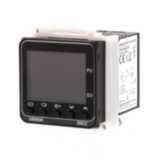

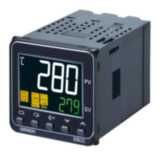
OMRON Relays – Interface, Modular, Solid-State & Safety Solutions for Control Systems
In automation, control panels and industrial infrastructures, the relay is a pivotal component: enabling low-power signals to control higher-power circuits, providing isolation, modular expansion and system safety. OMRON’s relay portfolio (interface relays, modular relays, solid-state relays, safety relays) is engineered for reliable switching, long lifecycle, fast response and straightforward integration across diverse industrial applications
From the procurement and specification perspective: key parameters include contact arrangement, coil voltage/type, rated switching current/voltage, mounting method (DIN-rail, socket, PCB), insulation/creep distances, switching speed and whether the device supports safety functions (forced-contact, diagnostic feedback). Selecting OMRON relays reduces integration risk, simplifies spares management and supports future system scalability.
OMRON Interface & Modular Relays
OMRON general-purpose and interface relays are designed for panel feed-through, I/O isolation and modular expansion. Their modular format allows stacking, socket mounting and compact panel layouts.
Procurement tip: specify the function (e.g., DPDT contact for I/O isolation), coil voltage (e.g., 24 VDC), mounting layout (socket vs direct), and ensure the relay series aligns with your system’s spare-parts strategy.
OMRON Solid-State Relays (SSR)
For high-speed switching, long life, and maintenance-free operation, OMRON solid-state relays (SSRs) offer no-mechanical-contact switching using semiconductors.
Their advantages include silent operation, high switching frequency tolerance and reduced maintenance; typically used in heater control, automation systems, and embedded modules.
Procurement tip: specify load type (resistive/inductive), required output current (e.g., 20 A or more), isolation voltage, packaging (PCB mount vs module) and thermal management requirements.
OMRON Safety Relays
Safety relays are critical in machine control and risk mitigation circuits; OMRON provides relays featuring a forced-guided contact mechanism, diagnostics, and certifications (for example, SIL, PLe) appropriate for safety functions.
Procurement tip: confirm that relay supports required safety category (e.g., ISO 13849-1 category 3/4), has built-in diagnostics, suitable contact configuration for your safety circuit and the correct input/coil interface.
OMRON Specification Checklist for Procurement Teams
Before placing a bulk order of OMRON relays, ensure you have specified:
- Contact configuration: e.g., 1NO+1NC, DPDT, 4PST-NO.
- Coil or input voltage & type: 24 VDC, 230 VAC, latching vs non-latching.
- Rated switching current/voltage: e.g., 5 A at 250 VAC, 40 A at 440 VAC (power relays
nting method: socket, PCB, DIN-rail, plug-in; ensure compatibility with panel layout. - Isolation, insulation & reliability metrics: e.g., insulation distance, dielectric strength, endurance (e.g., 10 million operations).
- Safety/diagnostic features (if safety relay): guided contacts, fault reporting, category rating.
- Spare-part standardisation & series alignment: ensure all relays come from the same OMRON series to simplify spares management.
Skipping any of these items can lead to mismatches, extended commissioning time, or unexpected maintenance costs.
OMRON Practical Application Scenarios & Cost Metrics
- In a machine control panel, using OMRON modular interface relays allows plug-in replacements and reduces downtime when I/O modules need servicing.
- In a thermal-control system, specifying OMRON solid-state relays for high-frequency heater switching decreases mechanical wear, extends lifecycle and lowers maintenance cost.
- In a safety circuit of a packaging line, employing OMRON safety relays with diagnostics ensures machine shutdown compliance, reduces fall-out risk and simplifies audit documentation.
Why Standardising on OMRON Relays Matters
When you standardise all relay functions on one brand — OMRON — you gain:
- Fewer part numbers and reduced spare-parts inventory complexity.
- Consistent mechanical footprint, mounting interface and wiring schemes, which reduce installation error and training time.
- Unified documentation, series compatibility and service support.
- Better procurement leverage and bargaining power through volume orders.
In large installations with many control panels and I/O modules, this standardisation drives reliability, ease of maintenance and lower lifecycle cost.
Wholesale & Project Supply via Bank of Lamps
Partnering with Bank of Lamps for OMRON relays offers professional B2B-terms:
- Volume-tier pricing aligned with project size and repeat ordering.
- Dedicated account manager for specification review, lead-time planning and delivery coordination.
- Real-time stock visibility across central and partner warehouses — vital for multi-panel roll-out.
- Quotation turnaround typically within one business hour.
- Ordering via EAN/MPN lists to minimise errors in large line-item orders.
- Downloadable documentation: datasheets, specifications, mounting drawings.
- Consolidated shipping: interface relays, SSRs, safety relays and accessories bundled into one dispatch.
- Freight cost estimate provided before checkout; final cost locked prior to dispatch.